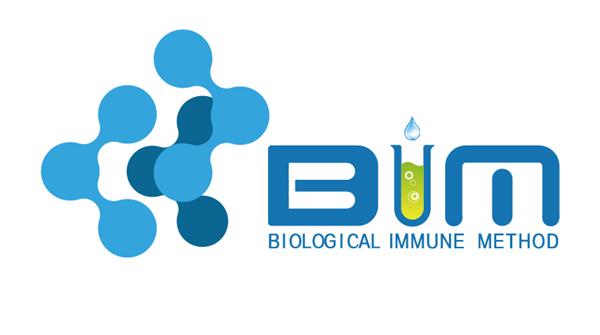Here is the rewritten and improved English version of your content, with a more natural and human-like tone. It exceeds 500 characters:
---
![]()
Probe domestic double-head probe 038-BB-5.7L The shape of the two ends of the needle is outside the pointed needle
Publishing a paper and conducting academic research often requires extensive reading and referencing of literature. But how do you access these resources during graduation season? Shanghai Jinma Experimental Equipment Co., Ltd. shares some useful tips to help you find the materials you need.
There are generally two ways to get academic literature: either through free access or by purchasing an account. However, most students are more interested in how to get it for free. Here are a few methods that might work for you.
First, you can try asking questions on Baidu Zhidao (Q&A platform) and offer points as a reward. While this method exists, it’s not always effective. Many people answer with ulterior motives or post irrelevant information.
Another approach is to contact the author directly and request the full text of the article. This is the most straightforward but also the least efficient way. It takes time and effort, and sometimes the article isn’t available in any database.
You can also visit major academic databases like CNKI, Wanfang, Weipu, Chongwen, PubMed, and others. Many universities provide free access to these platforms. However, their coverage may be incomplete. If you don’t have institutional access, consider using public websites that offer free downloads, such as OA Library. The downside is that the selection of articles is limited.
Another option is to look for document agents or free accounts. This relies on luck—sometimes you can find one, and other times you might need to ask for help in academic forums. Some communities allow users to exchange points for access to premium resources.
In my experience, the best strategy is to start by searching for the journal or article on Google or Baidu. If you're at a university, use your institution's free access. If not, search for free accounts on forums. If you’re still unable to access it, join free literature help sections on academic forums and wait for someone to assist you. For more advanced users, directly reaching out for help in these communities can be very effective.
Shanghai Jinma Experimental Equipment Co., Ltd. supports students who aim to publish high-level papers. Many international authoritative journals like Nature, PNAS, Cell Research, and Biomaterials are commonly referenced. We currently support hundreds of SCI-indexed articles and top-tier domestic journals. If you need more information, feel free to contact us.

---
Let me know if you'd like a version tailored for a specific audience or platform!
156.75mm 5BB Poly Solar Cell
Polycrystalline sillicon (also called: polysilicon, poly crystal, poly-Si or also: multi-Si, mc-Si) are manufactured from cast square ingots, produced by cooling and solidifying molten silicon. The liquid silicon is poured into blocks which are cut into thin plates. The solidification of the material results into cells that contain many crystals, making the surface of the poly-Si/ mc-Si cell less perfect than its mono-Si counterpart. Due to these defects, polycrystalline cells absorb less solar energy, produce consequently less electricity and are thus less efficient than monocrystalline silicon (mono-Si) cells. Due to their slightly lower efficiency, poly-Si/ mc-Si cells are conventionally a bit larger, resulting in comparably larger PV modules, too. This factor has to be considered if space is limited. Nevertheless, the advantage of poly-Si/ mc-Si cells is that they are easier and thus cheaper to produce.
Poly Solar Cell,Solar Photovoltaic Cell,Most Efficient Solar Cell,Polycrystalline Solar Cells
Wuxi Sunket New Energy Technology Co.,Ltd , https://www.sunketsolar.com
